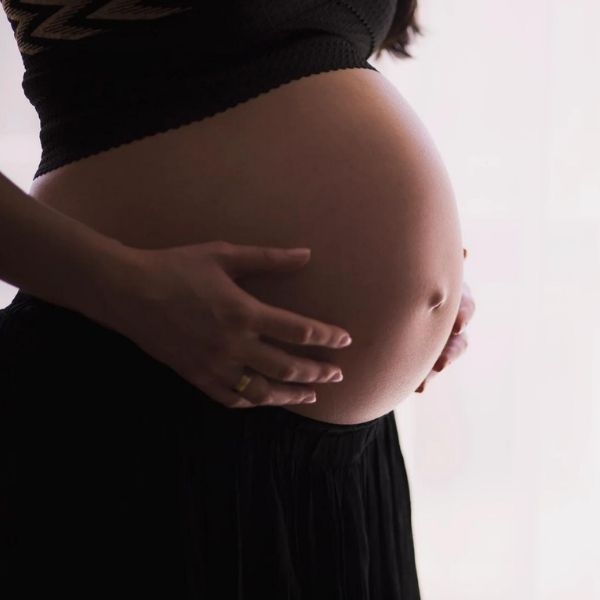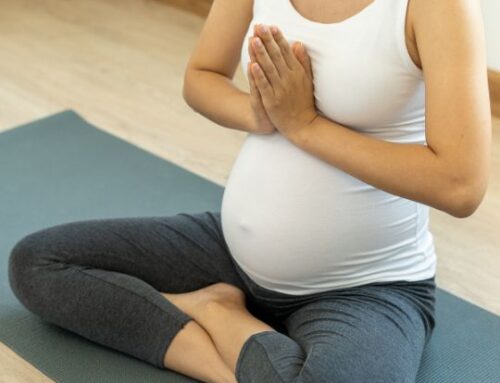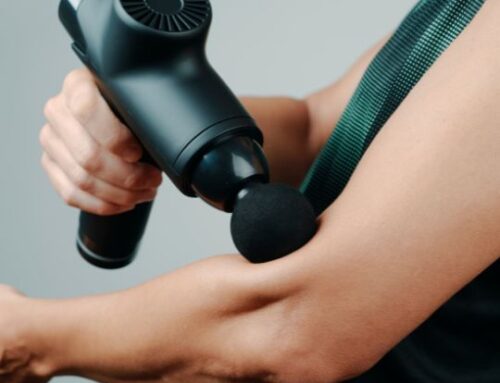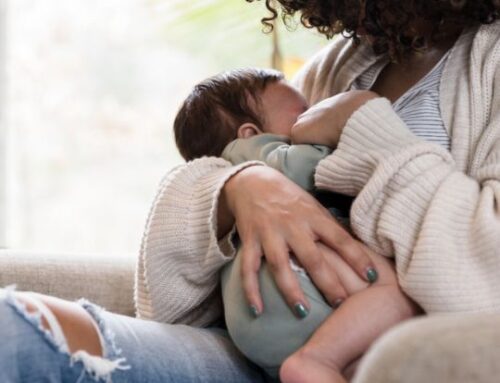Many women mention that they pee their pants at the most inopportune times – while weightlifting, sneezing while pregnant, laughing postpartum or even jumping on a trampoline 10 years after the birth of your last child. Unfortunately this seems to be shrugged off by a number of maternal healthcare providers as “normal” and “a part of being a mother”. THAT IS NOT TRUE. Symptoms of urinary incontinence (UI) are NOT normal, but are common.
Stress Incontinence: leaking with increased intraabdominal pressure (IAP)
Urge Incontinence: leaking preceded by a sudden or compelling need to void
Mixed Incontinence: a combination of stress and urge incontinence
Before Pregnancy
Women who have never been pregnant can also experience urinary incontinence. It can be common in the weightlifting, powerlifting and crossfit communities. When a woman is lifting a heavy load or jumping rope, her IAP is going to increase. This increased pressure in the abdomen will create a downward force on the pelvic floor. If the pelvic floor is not strong enough or coordinated enough to withstand the amount of abdominal pressure being created under load or while jumping rope, urinary incontinence may occur. Experiencing incontinence with exercise can be a right of passage for some women and embarrassing or stressful for others. As a women’s health provider, there is a lot that can be done in our office that does not include an internal pelvic floor examination.
During Pregnancy
Every pregnant woman has heard of a kegel exercise before. Maternal healthcare providers tend to suggest kegels to pregnant women as a means to prevent incontinence and keep a “strong” pelvic floor. However, what most women do not realize is that a pelvic floor that is too strong/tight as well as a pelvic floor that is too weak may both result in symptoms of urinary incontinence. This is why it is important for women to seek the help of a provider that is able to do an internal pelvic floor examination or a thorough external pelvic floor examination to help assess and diagnose the reason for UI.
After Pregnancy
The prevalence of urinary incontinence at 3 months postpartum is 33%. At 4 years postpartum, 29% of women continue to report experiencing symptoms of urinary incontinence. Women have a greater risk of experiencing UI symptoms postpartum if they experienced symptoms during or prior to pregnancy. Also, women with vaginal births have a twofold increased risk of stress or urge urinary incontinence compared to women who had cesarean births. The earlier you seek treatment and intervention the better the outcome.
Please feel free to email me at [email protected] if you have any questions or are looking for more information. As a mother you deserve more than “peeing after birth is normal”.





